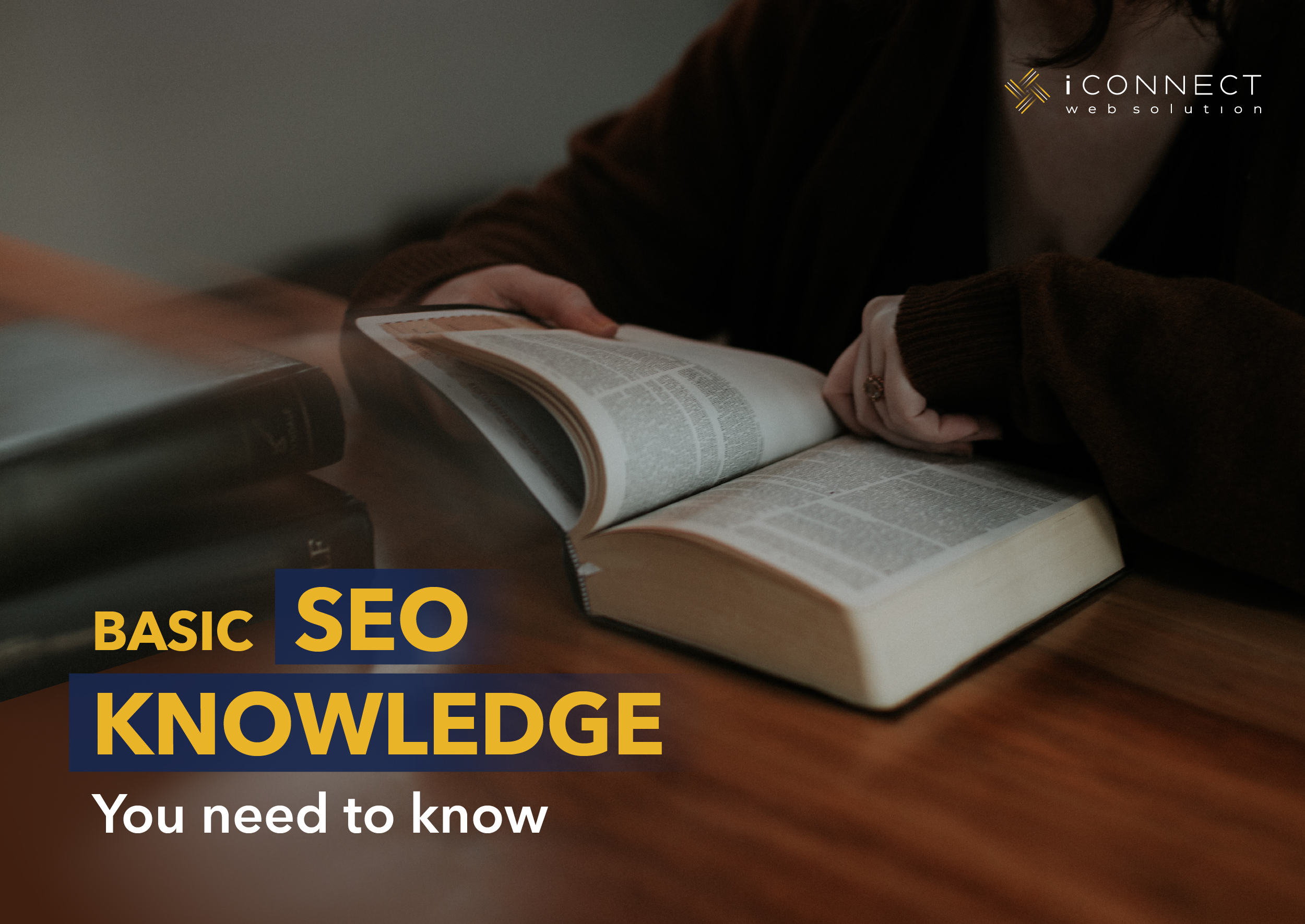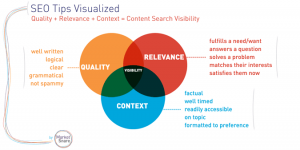

SEO is an abbreviation of search engine optimization, and it is the most important aspect of building a website. In this article, we will explore the basics of SEO, so that you can build a website that not only ranks high but also gets high traffic. Let’s get started!
How Traffic Works Online?
There are millions of websites on the internet. However, only a small percentage of these websites actually get any traffic at all because most of the traffic goes only to those websites that are ranked highly.


Image credits to searchenginewatch.com.
You can clearly see that the bulk of the traffic goes only to the top 3 search results. Thus, if your website does not rank well, you will not have any traffic and that is bad for your website.
What Are Keywords?
Before I explain how websites can achieve higher traffic. You first need to understand the mechanism of how search engine traffic works. Keywords are the phrases or sentences that you type in a Google search or other search engines.
The goal of any search engine is to connect your keywords with their relevant content. When you type a query inside google, you must be shown results of websites that answer your question.
Role of Websites In Search Engines
The role of any website is to solve the needs of the users (of the search engine). It should give answers to what users are searching for and provide relevancy, quality, and authority content.


Image credits to designlab.net.au.
How Do Search Engines Rank Websites?
I’ll be specifically discussing how google search works from now on to make it easier to explain these concepts, but these same concepts also apply to other search engines as well.
Search engines match individual pages on your website with relevant keywords. They have certain criteria for that and it can be divided into two categories: On-Page SEO and Off-Page SEO.
What is On-Page SEO?
On-page refers to the visible elements of your webpage. This mostly includes how you write and structure your content. There are many important aspects of On-Page SEO, however, I will only be discussing a few of them.
Webpage title must contain the keyword you plan on ranking
For example, if you want to rank on the first position for “Best gym cycles”, your title can be “Best gym cycles 2020”, or “Best gym cycles to buy.”
Good content length
There’s a correlation between content length and your website’s rank. Longer content allows you to cover the topic in greater detail and this helps the visitor to have a better understanding of the topic.
Mention LSI keywords inside the article
LSI keywords are those keywords that are closely related or closely interlinked to your main keyword. An example of LSI keywords would be this; if your main keyword is “best bicycle”, then “bicycle part” can be a potential LSI keyword. You can find these keywords using tools such as those found on seoreviewtools.com.
Quality content
The higher quality of your content, the more time website visitors will spend on your own website(commonly known as session duration) and fewer of them will leave your website without reading(commonly known bounce rate). Both of these are very important parameters for Google to rank your website.
As you can see most of these on-page SEO ranking factors are linked with your website content. If your content fulfills all these requirements, then it is considered SEO friendly content. This will result in higher ranking.
What is Off-Page SEO?
Off-page Seo refers to all other aspects of your website that are not visible. It can include things like technical SEO and local SEO. However, most of the time when any SEO agency talks about Off-page SEO, it talks primarily about the backlinks referring to your website.
What Are Backlinks?
Backlinks ,which like votes given by other websites to your website. Essentially these are the URLs of your website on another high authority website. If a higher number of different domains refer to your website, then the more “popular” your website becomes. Google rewards your website with a higher rank if it has good quality backlinks. But how does it define quality?
What are good Backlinks?
Again just like how google deals with content, there are also certain rules that backlink must follow for good results. I’ll go over a few of those rules.
Niche-specific backlinks
A niche refers to the main topic of your website. If your website is about gym equipment, then it must have backlinks from other gym related websites. This is called link relevancy.
Authority backlinks
Another concept is that you should take links from authority websites related to your own niche. For example, if a big brand website refers to your domain, this passes more link juice(authority to your website).
Natural links
Links should be naturally made and you should never buy links for your website. Google penalises those websites that participate in such link building schemes. This results in lower ranking and traffic.
Current Trends in SEO
Now I’m moving to the current trends that you must know that are increasingly becoming very important.
YouTube SEO
Increasingly, people are using Google and other search engines to look for videos. Youtube itself is a search engine, but rather than searching for all types of content, it specifically looks for video-only content. This has opened a new branch of video marketing SEO. Increasingly, case studies, like income mesh, are showing us that the future is video, rather than text content on the website pages. Modern brands need to utilize all types of multi-media marketing to reach their potential audiences.
Content Marketing
Content marketing refers to constantly publishing content in such a way that you build a loyal fan base for your website. It helps to raise brand awareness and creates authority in niches. Content marketing plays a vital role in SEO by publishing articles or in SMM(Social media marketing) by news feed posting. Content marketing can be used to create traffic for websites so that webmasters can earn through PPC on-page ads. Alternatively, content marketing can be used to sell products or provide services in the landing page.
For example, many websites have attached blogs. The main reason for this is to create traffic for the website through content marketing.
SEM
SEM is very important in digital marketing. It includes SEO and Pay-per-click(PPC). These ads work on ROI(rate of return) principle. The goal is to create sales by showing paid advertisements. And the amount of sales generated should be higher than the amount of money spent on ads.
Another important aspect of SEM is the conversion rate. Conversion rates refer to the number of conversions divided by the number of ads clicking. The high conversion rate could lead to high profit due to more sales completed.
Conclusion
We hope that reading this article has been a good learning experience for you. We’ve tried covering all the major and important aspects of SEO and all the current trends in SEO. We wish you all the luck with your SEO journey.
